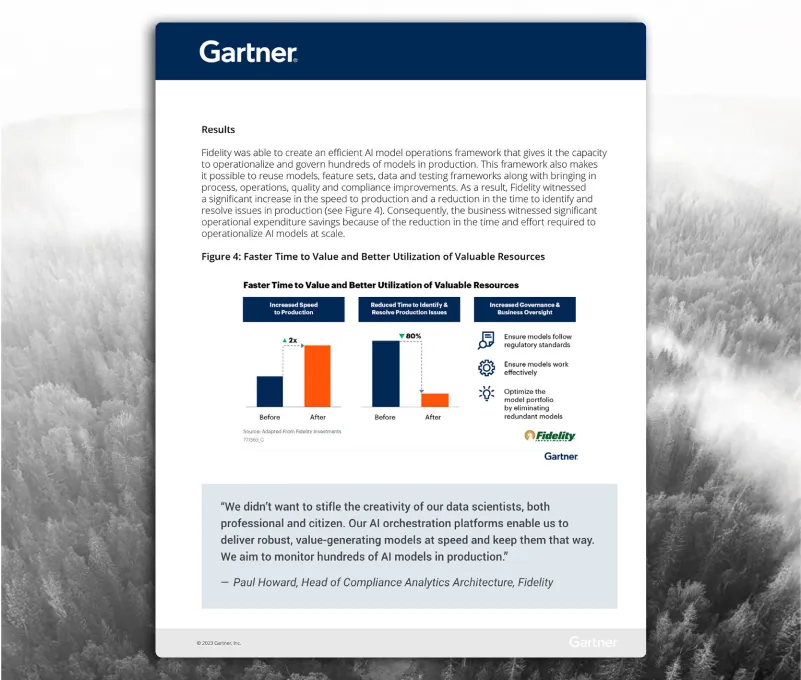AI Lifecycle Management & Governance
ModelOp provides a centralized AI system of record, automation from intake to retirement, and enforceable policies—helping enterprises bring ML, GenAI, Agentic AI, and vendor AI solutions into production 10X faster.


Trusted by Industry Leaders



%20(2).svg)







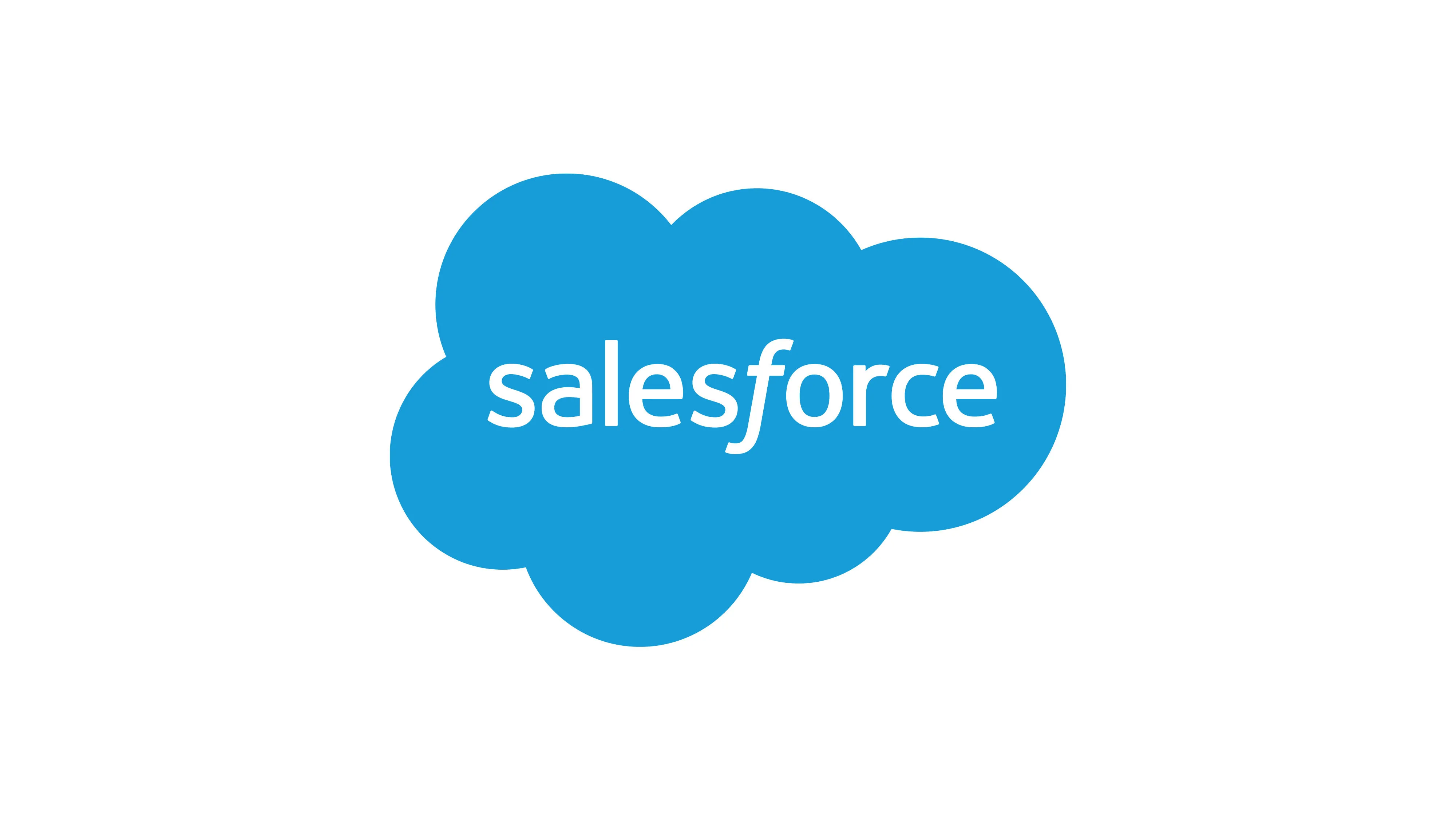



%20logo.webp)






%20(2).svg)











%20logo.webp)



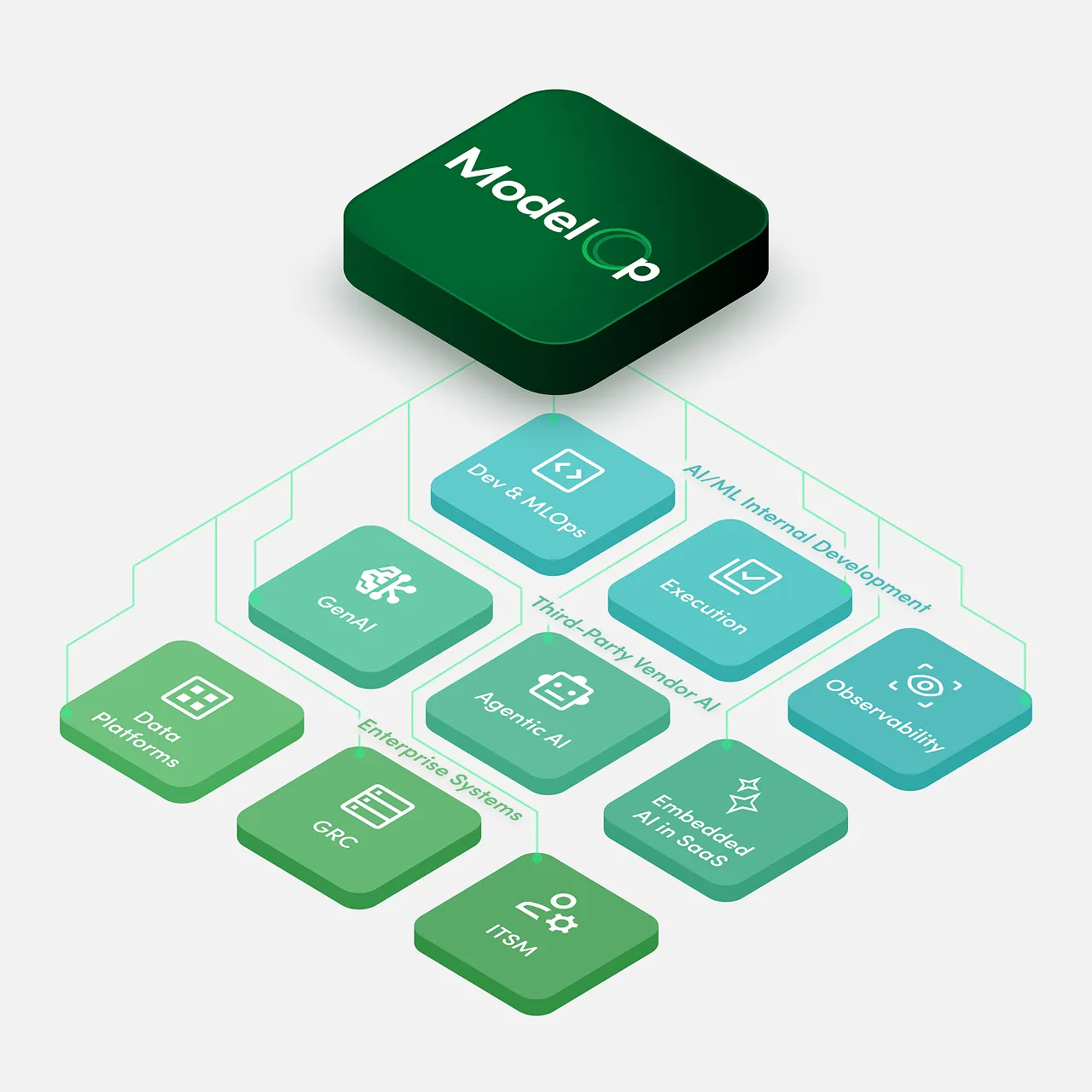
The Control Tower for
All Enterprise AI
The Leading AI Lifecycle Management & Governance Platform

Single AI System of Record
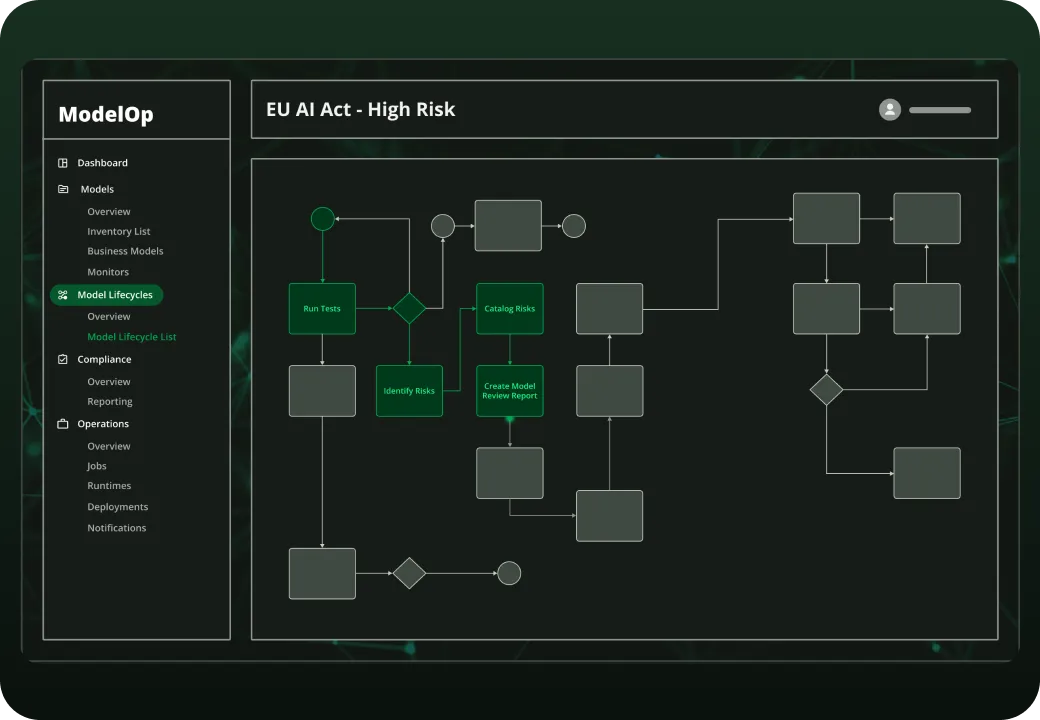
Automation & Orchestration
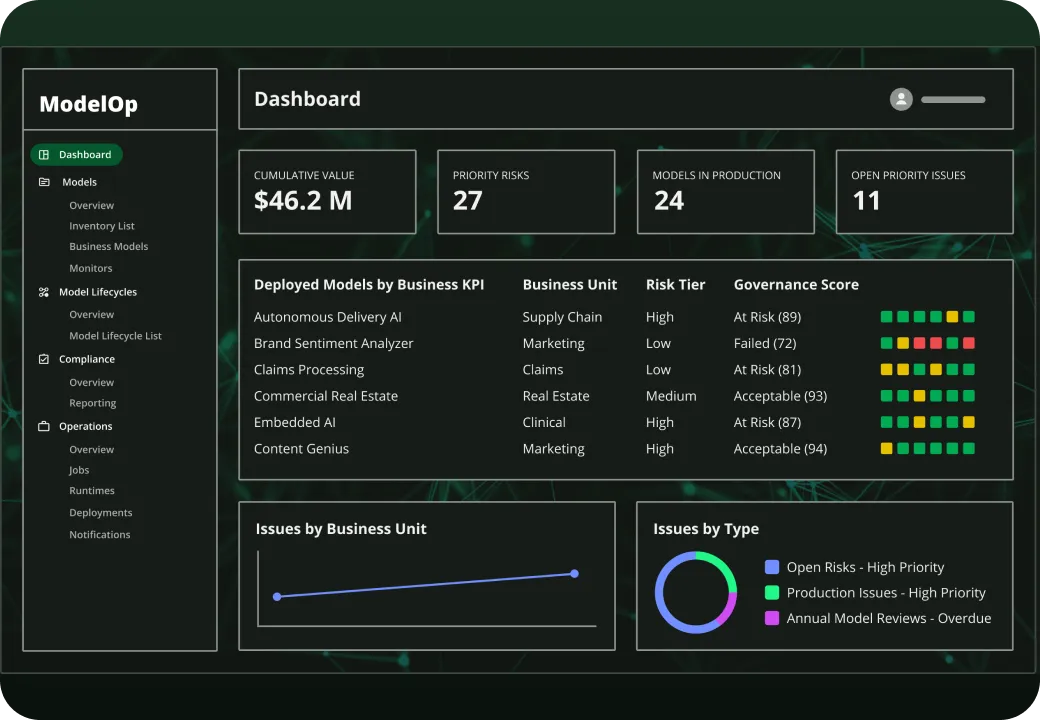
Continuous Control & Insight
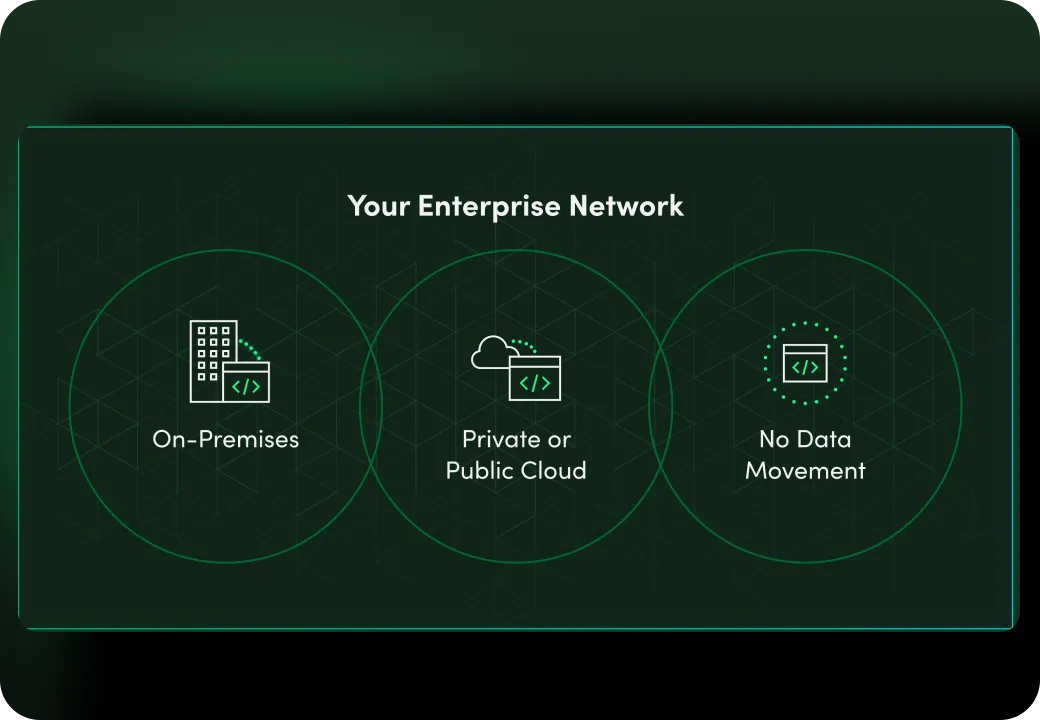
Standards-Based, Extensible Architecture

“We wanted to codify and automate our risk rating process. So we deployed it into ModelOp.
That cut down a two week process to less than one day.”
Benefits to Cross-Functional Teams
End-to-end lifecycle management enables Responsible AI leaders to scale innovation, enforce policy, and facilitate enterprise-wide collaboration that brings AI to market faster.
- Ensure every AI system drives enterprise value while enforcing policy and regulatory boundaries.
- Orchestrate the AI lifecycle and enforce governance across all AI systems, tools, and teams to enable consistent, enterprise-wide innovation.
- Gain real-time visibility into both risks and business impact across the AI portfolio.
- Confidently map controls, surface risks, and accelerate approvals to capture opportunities faster.
Gain visibility and confidence that AI initiatives deliver business value while mitigating risk.
- Track AI use cases, throughput, risk posture, and ROI at scale.
- Make informed decisions on where to invest, scale, or retire AI initiatives.
- Align enterprise AI investments with business strategy and risk tolerance.
- Accelerate innovation without sacrificing trust or compliance.
Automate model operations, enforce governance workflows, integrate controls, and scale AI safely.
- Streamline onboarding, risk tiering, workflows, and monitoring through automation.
- Integrate governance seamlessly into enterprise systems (AI dev/execution, Data Platforms, MLOps, GRC, IT, etc.).
- Ensure GenAI and third-party vendor solutions align with security, privacy, data, and operational requirements.
- Scale AI efficiently across the enterprise.
Provide assurance that AI initiatives in their domain align with enterprise policies and deliver value responsibly.
- Approve AI use cases with confidence that policies are enforced.
- View and manage their business unit’s AI portfolio in one place.
- Demonstrate compliance and responsible AI practices to regulators and executives.
- Enable business innovation while mitigating reputational and operational risks.
Accelerate approvals and reduce time-to-production
- Submit and track AI use cases with streamlined workflows.
- Capture evidence, metadata, model details, and test results to satisfy controls quickly.
- Configure monitoring and generate model cards automatically.
- Move models from development to production faster with fewer delays.
Enforce compliance, protect sensitive data, and ensure secure AI operations.
- Enforce regulatory, cybersecurity, data protection, and privacy controls.
- Prove compliance with defensible audit trail for regulators, boards, and internal assurance teams.
- Identify and mitigate third-party risks and AI vulnerabilities.
- Dynamically manage changes to policy and update processes.
End-to-end lifecycle management enables Responsible AI leaders to scale innovation, enforce policy, and facilitate enterprise-wide collaboration that brings AI to market faster.
- Ensure every AI system drives enterprise value while enforcing policy and regulatory boundaries.
- Orchestrate the AI lifecycle and enforce governance across all AI systems, tools, and teams to enable consistent, enterprise-wide innovation.
- Gain real-time visibility into both risks and business impact across the AI portfolio.
- Confidently map controls, surface risks, and accelerate approvals to capture opportunities faster.
Gain visibility and confidence that AI initiatives deliver business value while mitigating risk.
- Track AI use cases, throughput, risk posture, and ROI at scale.
- Make informed decisions on where to invest, scale, or retire AI initiatives.
- Align enterprise AI investments with business strategy and risk tolerance.
- Accelerate innovation without sacrificing trust or compliance.
Automate model operations, enforce governance workflows, integrate controls, and scale AI safely.
- Streamline onboarding, risk tiering, workflows, and monitoring through automation.
- Integrate governance seamlessly into enterprise systems (AI dev/execution, Data Platforms, MLOps, GRC, IT, etc.).
- Ensure GenAI and third-party vendor solutions align with security, privacy data, and operational requirements.
- Scale AI efficiently across the enterprise.
Provide assurance that AI initiatives in their domain align with enterprise policies and deliver value responsibly.
- Approve AI use cases with confidence that policies are enforced.
- View and manage their business unit’s AI portfolio in one place.
- Demonstrate compliance and responsible AI practices to regulators and executives.
- Enable business innovation while mitigating reputational and operational risks.
Accelerate approvals and reduce time-to-production
- Submit and track AI use cases with streamlined workflows.
- Capture evidence, metadata, model details, and test results to satisfy controls quickly.
- Configure monitoring and generate model cards automatically.
- Move models from development to production faster with fewer delays.
Enforce compliance, protect sensitive data, and ensure secure AI operations.
- Enforce regulatory, cybersecurity, data protection, and privacy controls.
- Prove compliance with defensible audit trail for regulators, boards, and internal assurance teams
- Identify and mitigate third-party risks and AI vulnerabilities.
- Dynamically manage changes to policy and update processes.
ModelOp Customers Effectively Enable AI Governance that Accelerates Innovation
The Only AI Lifecycle Management & Governance Platform Purpose-Built for Enterprises
Comprehensive
Proven at Enterprise-Scale
Interoperable & Agnostic
Automation-First
Fast to Deploy & Easy to Use


Visibility, policy enforcement, control. All from a single platform.
Enable responsible AI innovation so you can bring AI to market, faster


